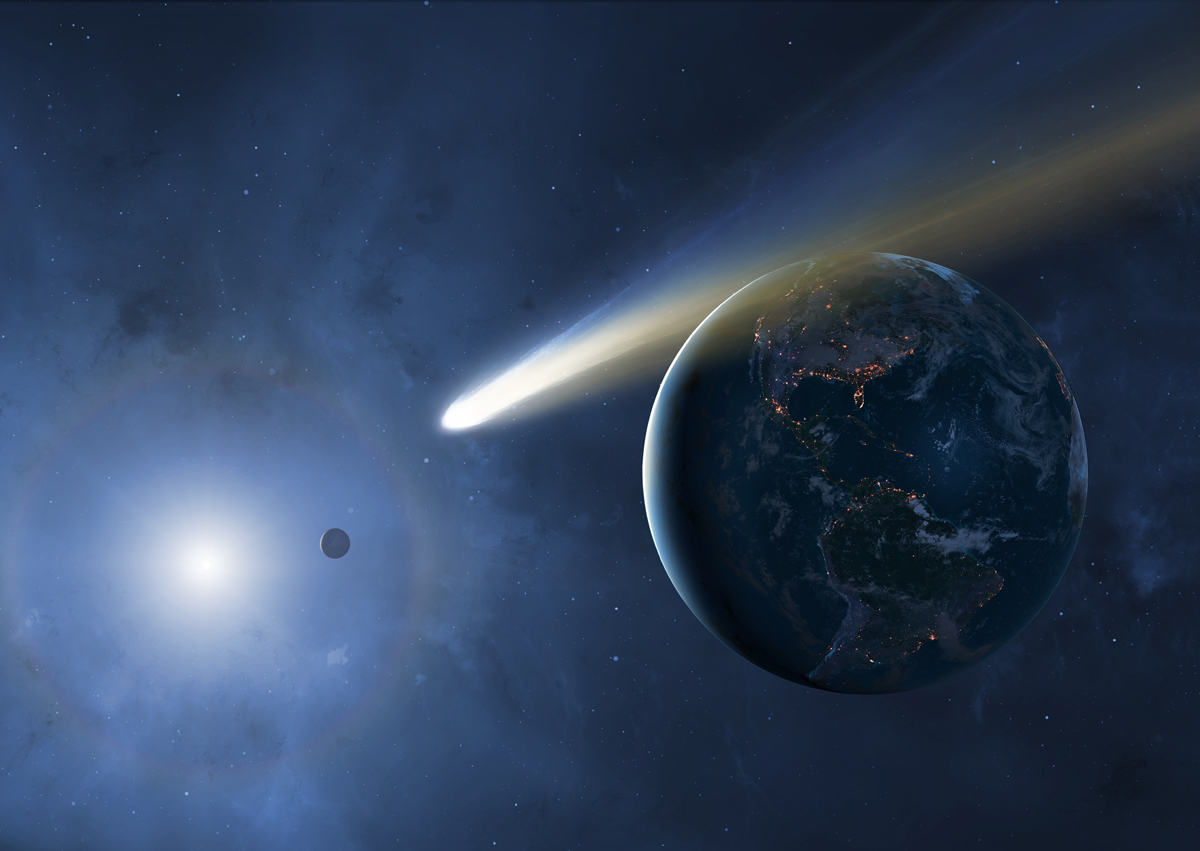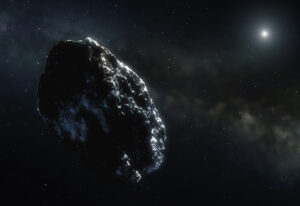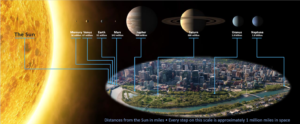
02 Jun Experiencing the Scale of the Solar System
“The history of astronomy is a history of receding horizons.” – Edwin Hubble.
It has been a relatively short while since we ventured into space and already thousands of satellites orbit the Earth, humans have walked on the Moon, man-made probes visited the planets even reaching the outer regions of the Solar System and there is much talk of going to Mars.
Space travel, space weather, asteroid impact threat and missions to the Moon are recurring news items. In so many ways we have already moved beyond Earth’s boundaries and are becoming increasingly conscious of the grand setting and influence of the Solar System. But what is the Solar System like? We tend to think that we know. It shows up in Science books, Science fiction movies, even as mobiles hanging from ceilings, so generally we have an idea of the Sun and a group of planets going around it. But is that what the Solar System is really like? The Sun is indeed at the centre of the system, orbiting the Sun at increasing distances are eight planets, several dwarf planets, hundreds of moons, millions of asteroids, billions of comets and between them an incredible expanse of space. From the Sun to the smallest speck of dust and all the space in between, the Solar System travels as a single unit on an epic 250-million-year orbit of our Galaxy. A connected single structure moving in interstellar space.
The fact is that if we ventured out of the Earth’s atmosphere and travelled through the Solar System, unless we set off on an exact course to one of the planets, we are likely to encounter absolutely nothing but endless space in all directions. Even in the main belt the asteroid density is very low. On average, distances of millions of miles separate even the closest members. Most of them, as this artist’s impression shows, are lone wanderers.

The Solar System is hard to visualize, for convenience our representations do away with space and concentrate on the resident specks embedded in it, but add a sense of the vastness of space and our preconceptions turn on their heads. Matter, previously at the center of our attention becomes scarce, exotic and unique. Our precarious, tiny place in space becomes a startling reality and life seems a fragile miracle.
A scaled model of the Solar System showing the comparable sizes of planets and the relative space expanse between them cannot fit on a handheld screen, a science book page, a classroom wall, or a museum exhibit-hall. Some representations show the comparable sizes of the Sun and planets, hardly any show the relative distances and for good reason – a scaled down Solar System can only be shown outdoors.

While walking a Solar System Trail we enter a 3D model of the Solar System and can experience not an image but the depth of space. Using the correct scale creates a connection to the bigger picture it represents. A realization of what is really out there and that we are really a part of it. Our trails are designed for distances of ½ a mile to 3 miles. Much shorter and we shrink the planets out of view, longer and we lose the sense of a system and possibly many visitors.
As we walk the trail, we are walking from the Sun through the orbits of the planets, as if walking out from the centre of an onion through its rings. In reality the planets never align, their positions represent a point on their orbit of the Sun and yet the system allows an appreciation of the interplanetary environment, the uniqueness of the planets and a sense of the Universe beyond Earth’s atmosphere.
“I was shocked that I had no idea about the real sizes and distances” S. Burke, Ireland. A Solar System Trail visitor.